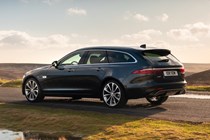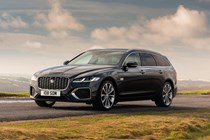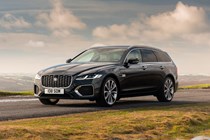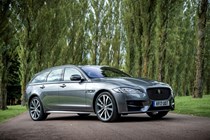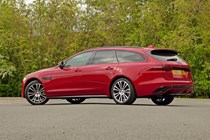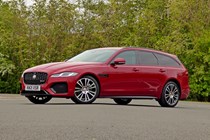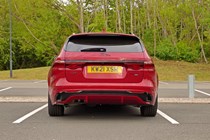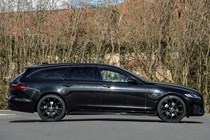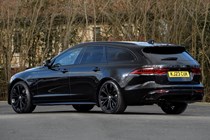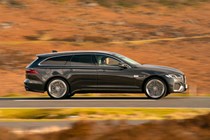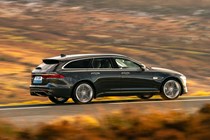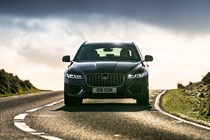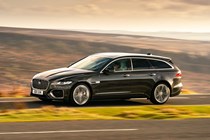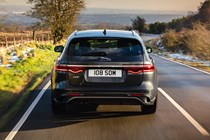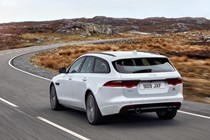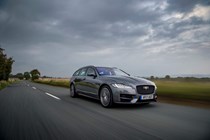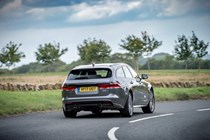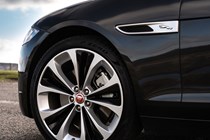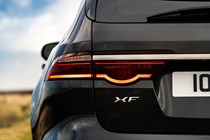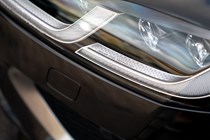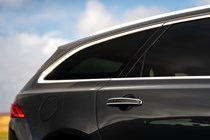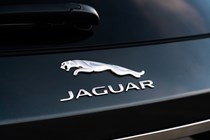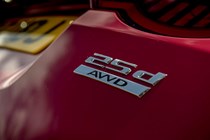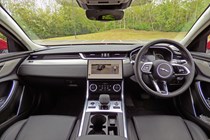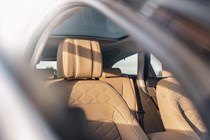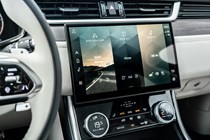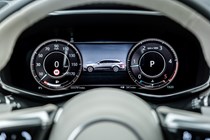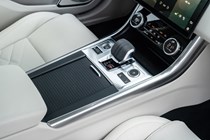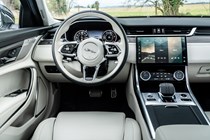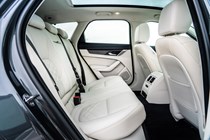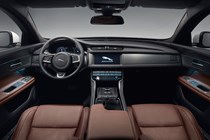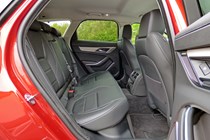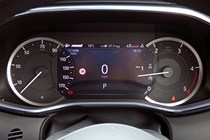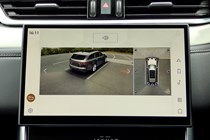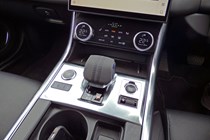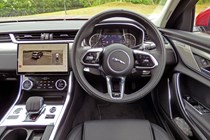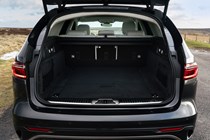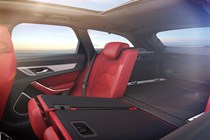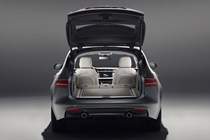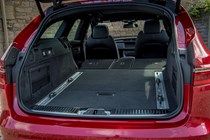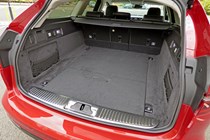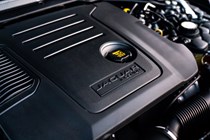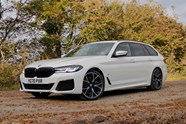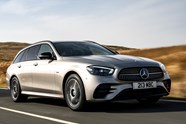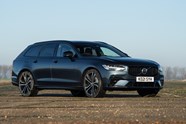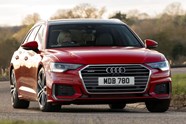Jaguar XF Sportbrake review
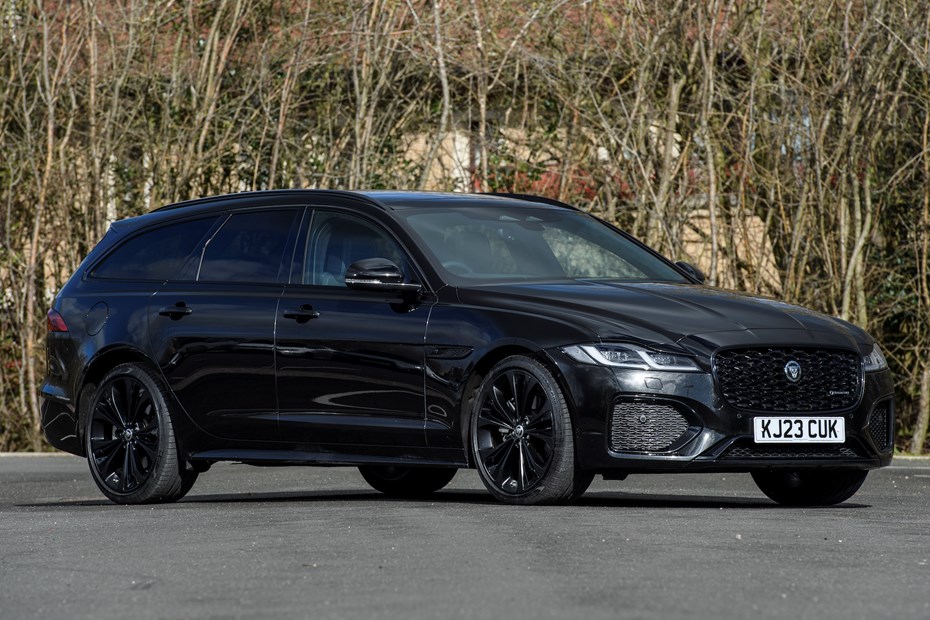
At a glance
| Price new | £40,555 - £47,855 |
|---|---|
| Used prices | £7,657 - £38,528 |
| Road tax cost | £190 - £600 |
| Insurance group | 25 - 43 |
Get an insurance quote with

|
|
| Fuel economy | 28.9 - 53.7 mpg |
| Range | 540 - 857 miles |
| Miles per pound | 4.2 - 6.9 |
| View full specs for a specific version | |
Available fuel types
Petrol
Diesel
Pros & cons
- Entertaining to drive
- Facelift brings much improved cabin
- Comfortable and easy to live with
- Refinement lags behind rivals
- Absence of any exciting engines
- No eco-friendly hybrid or PHEV
Jaguar XF Sportbrake rivals
Overview
The Jaguar XF Sportbrake is the exciting face of large estate car ownership. It’s always been the most athletic car of it’s type and was famously seen carrying a load of racing bikes for Team Sky on the Tour de France.
But this second generation of XF estate has a tougher task on its hands as SUVs dominate the practical family car market, among them Jaguar’s own F-Pace. But it successfully carves its own niche, offering Mercedes-Benz E-Class Estate levels of practicality with a driving experience to rival the BMW 5 Series Touring, and the left-field appeal of the discontinued Volvo V90.
The XF was facelifted in 2021 with some blink-and-you’ll-miss-them styling changes. The interior was also updated, most notably with a new 11.4-inch touchscreen running Jaguar’s latest Pivi Pro infotainment system.
More recently, the model range has been rationalised, slimming down the previously slightly bewildering offering. There’s now a choice between R-Dynamic SE Black, R-Dynamic HSE Black or Sport. They all come very generously equipped with the aforementioned infotainment system, wireless Apple CarPlay and Android Auto connectivity, electrically adjustable heated seats and adaptive cruise control.
That’s just the tip of an iceberg that includes many more luxury and driver assistance features. There’s also an extensive catalogue of lifestyle accessories available from dealers including roof racks for kayaks or snowboards, and a tow-bar mounted bike carrier.
A wide range of engines has been available in the XF Sportbrake in the past, but there are currently just three engines to choose from. They’re all 2.0-litre units from Jaguar Land Rover’s Ingenium family, one diesel and two petrols, with power outputs ranging from 200hp to 300hp.
Every engine comes with an eight-speed automatic gearbox and either rear- or all-wheel-drive. The latter promises driving dynamics similar to the former, but with extra traction to make driving in adverse conditions easier.
It’s also worth noting that the XF Sportbrake is currently spectacularly good value, with every model priced in the £40,000 range. You’d need to fork out another 15 or 20 grand for a German rival with the same standard equipment. You better hurry, though, because production ends in June 2024 to make way for Jaguar’s next-gen electric cars.
Click through the next few pages to read everything you need to know about the Jaguar XF Sportbrake, including its practicality, how much it costs to run, what it’s like to drive, and whether we recommend buying one.



